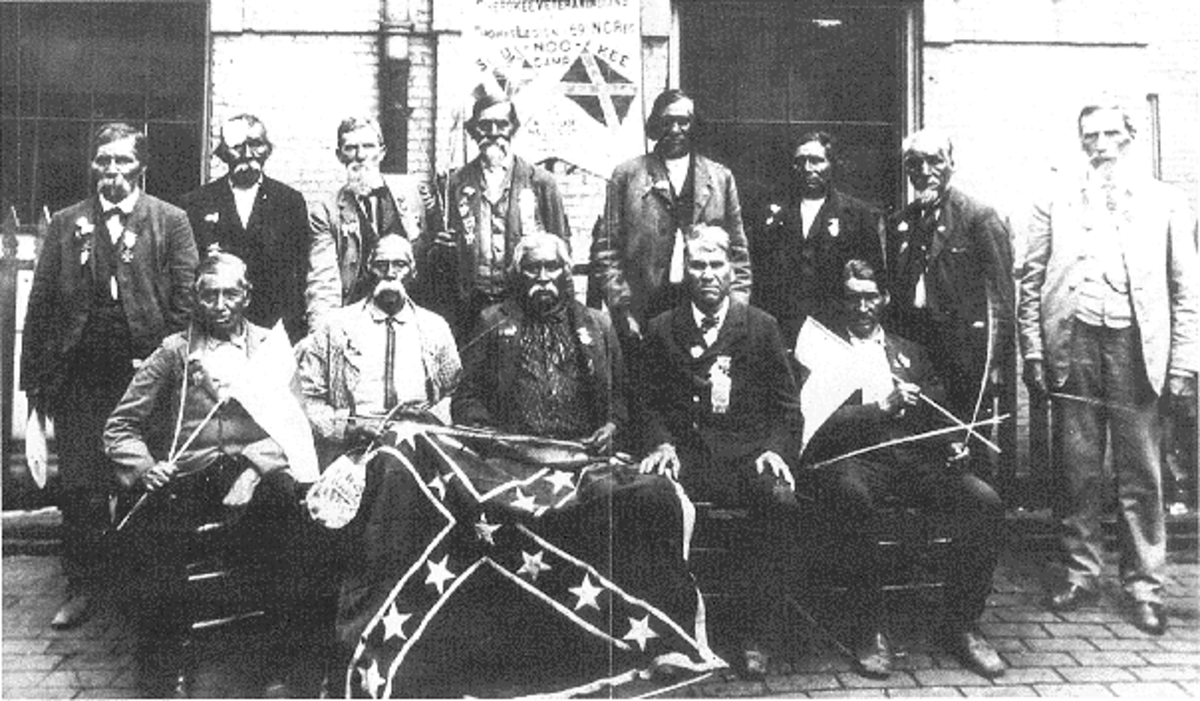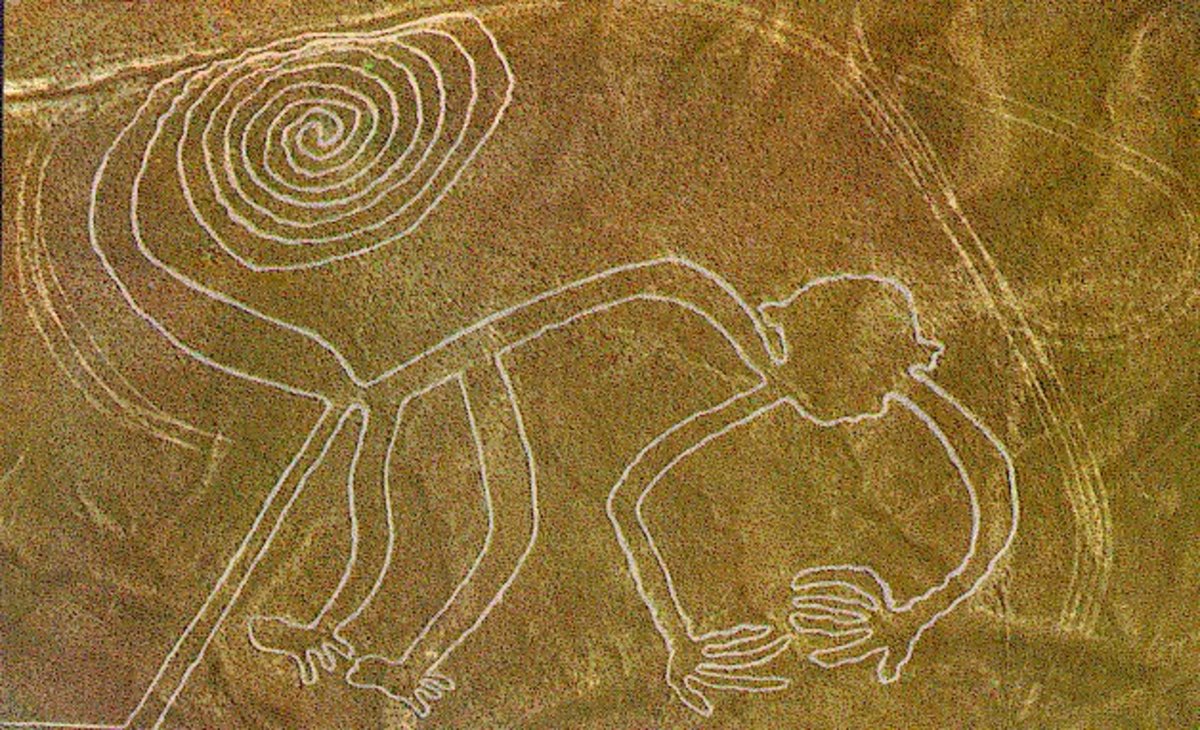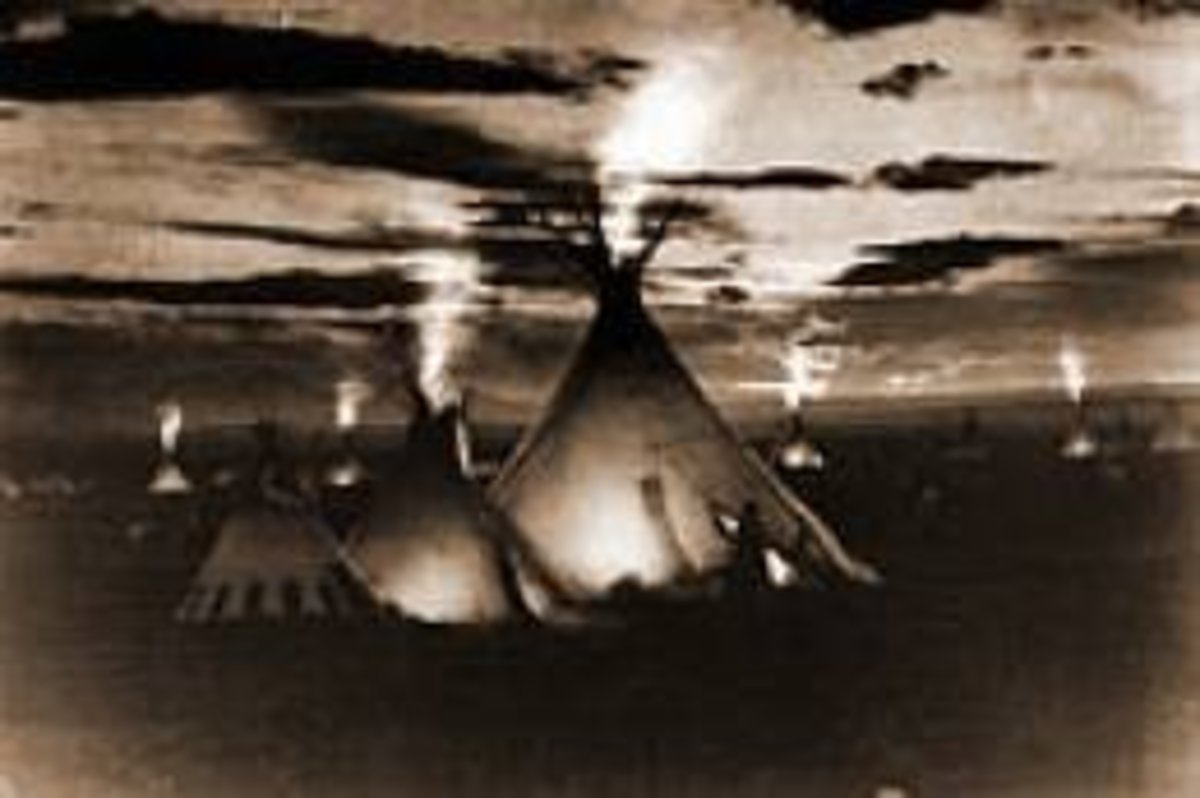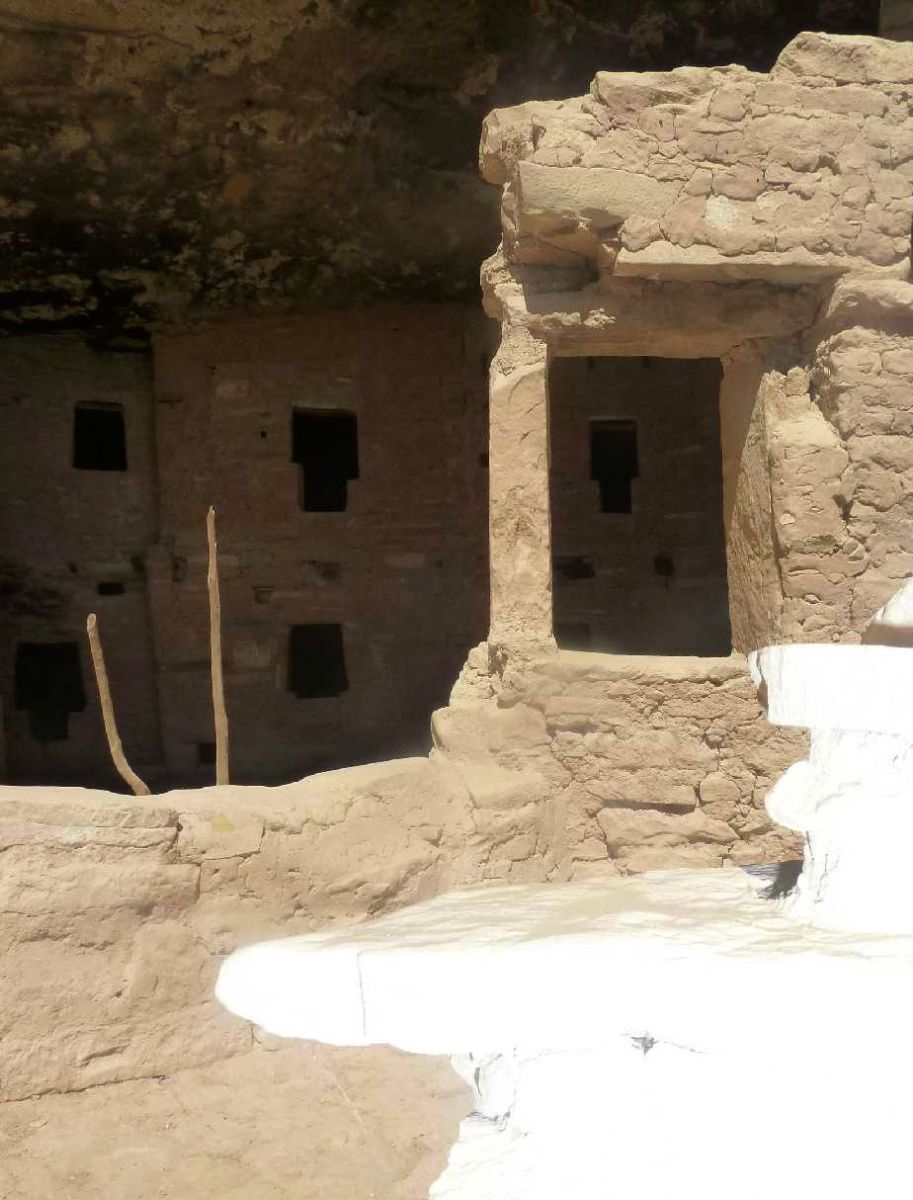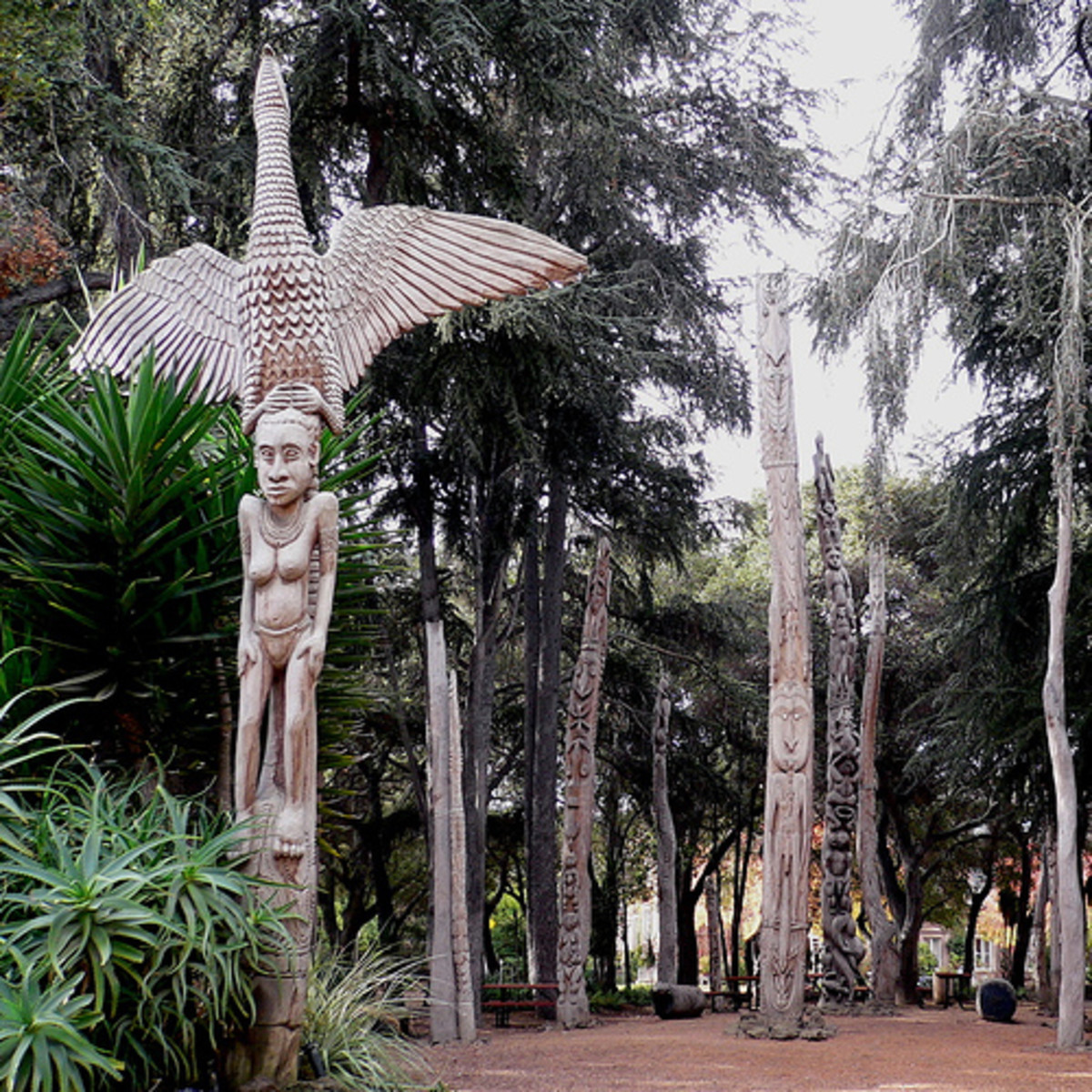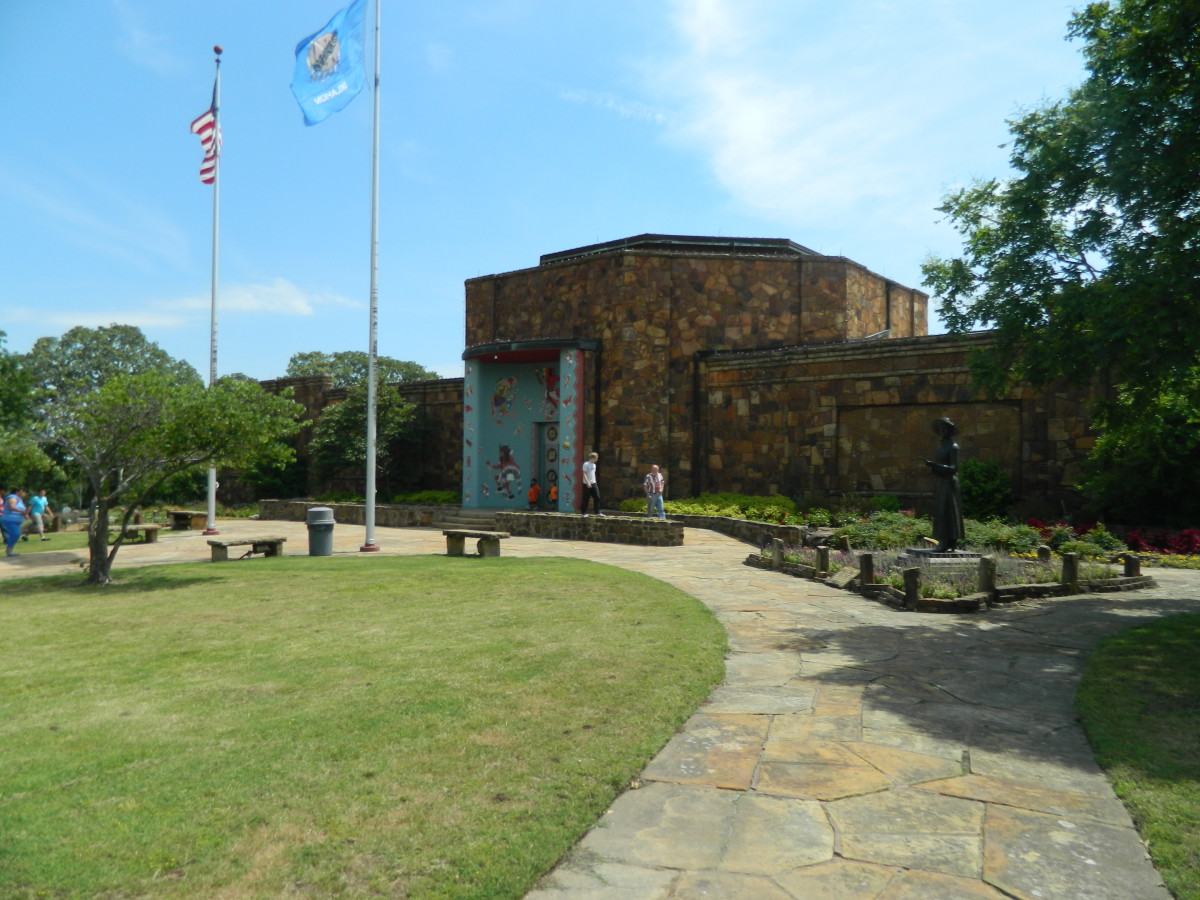- HubPages»
- Education and Science»
- History & Archaeology»
- History of the Americas
MOUNDSVILLE NAMED FOR ARTIFACT OF ADENA CULTURE
GRAVE CREEK MOUND
I was born in Moundsville, West Virginia on September 11, 1946 and all my life the Grave Creek Mound that gave Moundsville it's name has been an ancient artifact of which I was aware. This mound is the largest conical mound in the world, and it was built by the ancient Adena culture. It is a massive pre-historic structure. The Adena people were the inhabitants of much of North America beginning around 1,000 BCE and ending around 200 CE. The Adena were ancestors of later Native American cultures, but at first this was not understood. This misunderstanding would eventually become a looming foreboding to the Native Americans we know as Indians.
The Grave Creek Mound is a very impressive structure when one considers the Adena used primitive tools and hard labor built it. The dimensions of the Mound are a height of 62 feet and a diameter of 240 feet. It is calculated that over 57,000 tons of earth was used to construct this burial mound. The Grave Creek Mound originally stood about 70 feet high but excavation by scientist has diminished its height to the present 62 feet. It was originally surrounded by a moat at the bottom about 5 feet deep by 5 feet wide.
THE ADENA CULTURE
The vast amounts of the Adena were concentrated in the area of the central Ohio Valley during what is known as “The Woodland Period”. This consists of present day West Virginia, Ohio, Pennsylvania, Virginia, Indiana, and Kentucky although Adena have also been more far roaming. Adena people differed from their archaic ancestors in that they developed settlements. The typical Adena house was circular with a diameter of 15 to 45 feet. The Adena practiced agriculture to an extensive scale. The Adena cultivated pumpkin, squash, sunflower, and goosefoot (close relative of spinach). They gathered edible seeds and berries, and hunted deer, elk, black bear, porcupine, turkey, trumpeter swan, and ruffled grouse.
The Adena people made pottery from crushed limestone and sand, which was fairly simple and often plain. It was often made in a cord marked or a fabric marked pattern even diamond marked pottery has been found. The Adena made tools from stone, which was sharpened by grinding. Some stone tools had chipped edges for cutting. They also used antlers as plows for agricultural purposes.
The Adena left some simple jewelry made of bone, antler, stone, and sometimes metal, such as copper from the Great Lakes area. Copper jewelry has been found such as bracelets, pendants, rings, and beads hammered with stones.
By far the greatest artifact left by the Adena people are the burial mounds they left. These mounds were for shaman, chiefs and other more elite among the people. The common Adena were cremated with the ashes buried in hollowed out logs.
MOUNDSVILLE’S EARLIEST SETTLERS
Joseph Tomlinson is said to be the first person of European descent to see the Mound at what is now Moundsville. He literally tumbled off the Mound while on a hunting trip in 1770. His descendants Jesse and Abelard Tomlinson along with their friend Thomas Briggs gutted the Mound in 1838 looking for treasure. This destroyed many artifacts and archeological data, which was lost forever.
Moundsville was originally incorporated in 1830 by James and Samuel Tomlinson as Elizabethtown and later joined with Mound City, which was incorporated in 1832 into Moundsville in 1865 just one year after West Virginia seceded from the Confederacy and joined the Union as the only state signed into being by Abraham Lincoln. As previously chronicled the Moundsville Prison operated from 1867 to 1995.
CURSE OF THE ADENAS
The unknown fact that the Adenas were ancestors of other Native American tribes led people of European descent to persecute the Native American tribes who the Europeans claimed had killed off the Mound Builders. The Europeans thought the Mound Builders were either earlier European settlers or an entirely different race killed off by the “Indians”. This resulted in the 1830’s in what is known as “The Trail of Tears”. The Native Americans were driven from their lands based on a bogus claim. The data was shown in 1890 to have been falsified by William Pidgeon. Alas this scam was exposed too late for the Native Americans who had been driven from their lands.
MOUND
The Grave Creek Mound is located in Moundsville bounded by Tomlinson Ave. on the west, 8th Street on the north, Jefferson Ave. on the east, and 10th Street on the south. Only ½ block east of the Mound looms the deserted Moundsville Prison, the north end specifically. An early small museum at the Mound had a few small artifacts of the Adena, but it was mostly used to sell jewelry made in the prison. In the present time the Delf Narona Museum and Cultural Center is located at the Mound. One of the earliest commercial ventures at the Mound was a bar on the top of the Mound.

